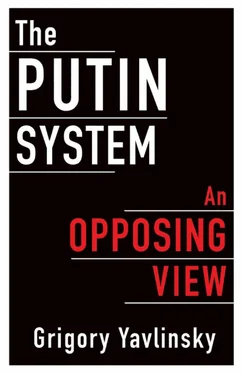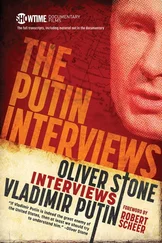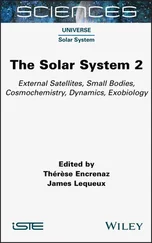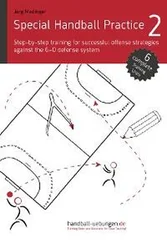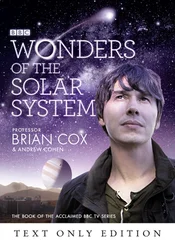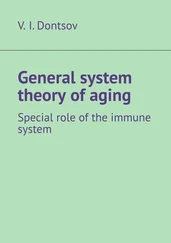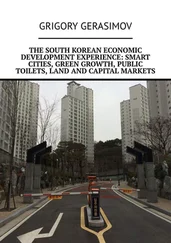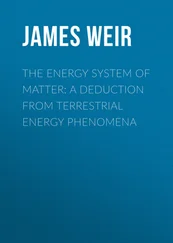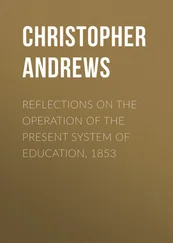Today, as I evaluate the course of events since the turn of the century, I do not see much change to the picture that I have outlined, or anything to indicate that the solutions I originally identified need much revision. Due to the growth in export revenues and their subsequent redistribution via market mechanisms and through the federal budget, Russia experienced, until 2008, an undeniably substantial increase in incomes and wealth. Yet this did not lead to changes in the essential characteristics of Russia’s society.
Russia’s capitalism was and remains a typical (while, at the same time, rather distinctive) example of the periphery of the world economy. It is economically as well as technologically dependent on its core, which is the developed countries of the West. It also has preserved vast enclaves of archaic economic and social ways of life and is devoid of internal engines of growth and development in the form of an autonomous accumulation of capital built on a technological foundation that would have the ability to renew itself.
Over these years, the structure of Russia’s economy has not become more complex. To the contrary, it has come even closer to an economic model that is oriented toward external demand, a narrow circle of traditional products, and external sources of investment. Moreover, in the past few years the situation has become worse, in that labor-intensive sectors, such as construction and services, have become increasingly reliant upon the importation of a workforce from abroad (despite all the rhetoric to the contrary and even the administrative actions intended to curb this trend). Meanwhile, a large part of Russia’s own human resources are being eroded through open and covert emigration of its youngest and most capable workers, along with the downward social drift of its able-bodied population in the economically disadvantaged and the so-called unpromising areas of the country.
Furthermore, as the years of the global military and ideological standoff between the Soviet Union and the United States recede further into the past, the perception of Russia—both by its own people and by the outside world—increasingly reflects its present condition. It holds the status of a weighty but peripheral and relatively insignificant part of the world economy. Its global role has been reduced to, on the one hand, supplying other countries with oil, gas, and some other raw materials, as well as the “mass consumption” products of its military industry and the provision of some transport services, and, on the other hand, the importation of foreign goods to satisfy domestic demand. While Russia’s huge nuclear stockpiles certainly protect it from the threat of a direct foreign invasion, it cannot secure it an image of a highly developed country, capable of claiming a seat among global economic, technological—and, thus, political—leaders. The perception of Russia as the successor to the Soviet Union—a great power that had laid claim to technological leadership in at least a few key areas—has gradually morphed into the image of an economy that, while promising, is incomparably more humble in every sense, being in the same category as India and Brazil. In Russia, there has been a growing sense of a yawning gap between the developed world, primarily the countries of Europe, and their own country, which has gotten rid of the label of a “postsocialist” and “transitional” economy but has not succeeded in becoming a part of this developed world. Strictly speaking, this feeling has been one of the foremost reasons for the abrupt growth of anti-Western sentiments among Russia’s elite during these years.
But the worst (though perhaps the most important) news is that—due to the peculiar character of the reforms implemented in the 1990s, and of privatization in particular—Russia did not produce a class of autonomous and socially responsible wealth owners capable of collectively assuming the role of the advocate, organizer, and driving force of active institutional transformation. Only such a transformation would have put an end to the spontaneous reproduction of the flawed and stagnation-inducing post-Soviet forms of economic organization. Of course, Russia does have a few entrepreneurs of this kind, but they ended up without a unifying, powerful, and effective organization, a suitable political consciousness, or even a sense of solidarity as a class. And without such a class, which would be endowed with financial, organizational, and political resources, the building of a broad-based coalition in support of the reforms becomes virtually hopeless. Meanwhile, in the absence of this kind of a pressure from below, the authorities behave as an indifferent spectator at best, and at worst are actively blocking any changes in the status quo that would be unfavorable to them, viewing such changes as a threat to their own political stability and to the perpetuation of their privileged status.
Thus, it is rather obvious that the issue of far-reaching institutional reforms has been effectively taken off Russia’s political agenda—partly, and perhaps primarily, for the reason that I have outlined. This means, in turn, that Russia is now firmly trapped in its peripheral capitalism for the long haul.
This is essentially what led me to address in greater detail the flip side of this complex phenomenon, the political order of Russia’s post-Soviet capitalism. I see at least three reasons for the need for a more attentive analysis of these political dynamics. As noted earlier, one distinctive feature of the system of peripheral capitalism is that its economy has no internal, autonomous incentives for its development. While it may grow under the impact of external demand for its goods and services, or because of favorable short-term trends in its economic environment, it is intrinsically incapable of developing toward higher complexity, of finding new venues and engines for its internal development. It is in a state of semi-stagnation and unilateral dependence upon the leading industrial nations. The prospects for overcoming this condition and for changing its position in the global economy, even if only in the long term, hinge entirely upon the intentionality of government policies, upon the authorities’ political will and their readiness to undertake strenuous efforts in this direction and to incur personal risks and even sacrifices for the sake of achieving the goals that are important for society at large. This leads us to consider whether a political system should provide such incentives and such opportunities to its political class in the first place.
The second reason is that Russia’s public consciousness is marked by the actual presence and even the domination of a plainly simplistic approach to the analysis of its political realities and their causes. In most of the debates, the issues are presented in an overly simplistic manner and contradictory developments are ignored. Meanwhile, the motivations and intents behind the actions of the key players are attributed to unsophisticated, a priori explanations rather than being determined through careful analysis. In this process, the widespread use of stereotypical jargon and abstract, quasi-scientific reasoning utterly detached from realities more often leads away from the substance of the issue rather than contributing to its understanding. Of course, having a grasp of the gist of the type of governance that has taken shape in Russia by now, and of the limits of its reach, is of paramount importance in assessing its prospects and the possibilities for its transformation.
The third and final reason that more attentive analysis is needed is the unpleasant fact that, at least in the past two decades, and perhaps over a longer period, the international community at large has been losing its sense of direction, principles, and purpose, while the search for new ones has so far not been terribly successful. Too much has changed in world affairs since the end of the Cold War, when the governments of leading Western countries acquired more freedom of action compared to the peak of the military and political standoff between the Soviet bloc and NATO. The formerly established goals and rules of behavior have lost their relevance, but defining new ones has become a protracted exercise and has led to acute disagreements among the once consolidated Western elites. Moreover, changes in the structure and the characteristics of Western economies, along with the spread of qualitatively new digital technologies in those countries, have substantially altered the functioning of their political systems (as shown, for example, by the financial and economic crisis of 2007–2009).
Читать дальше
